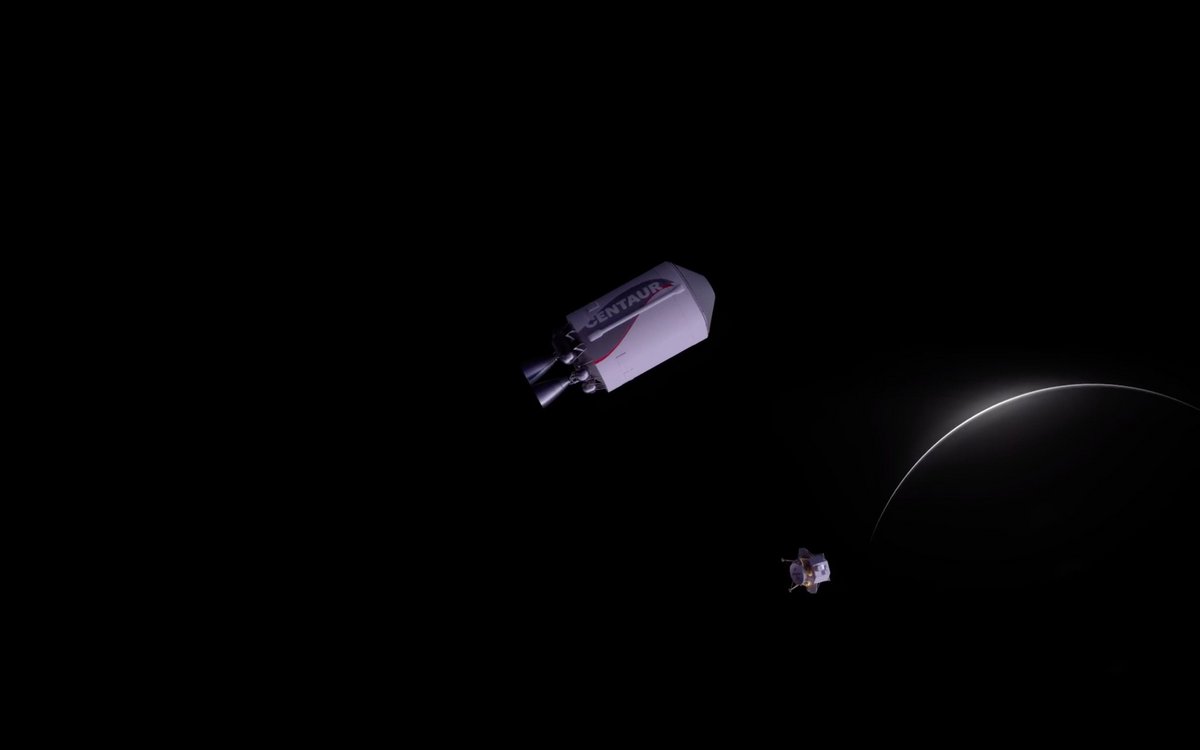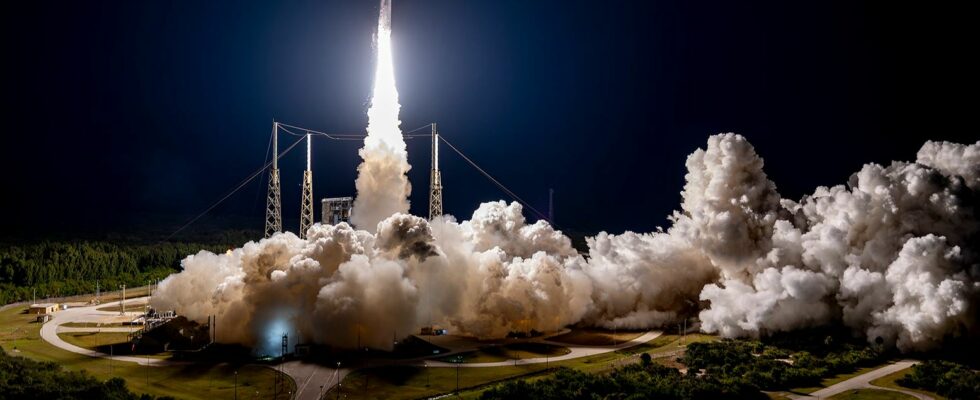For their maiden takeoff, orbital rockets tend to show their dark side. But not Vulcan! This January 8, the new launcherUnited Launch Alliance (ULA) left exactly as planned… And it wasn’t just a demonstration mission, it sent a small lander on its lunar trajectory.
For a few fractions of a second, time seemed to stand still in the dark night above the LC-41 launch site at Cape Canaveral. 8:18 a.m. (Paris), the new Vulcan launcher, without any delay in its countdown, left the ground in a deluge of flames generated by its two main engines and its two auxiliary boosters and seemed to tilt.
Fortunately, it was nothing more than a controlled maneuver to avoid impact with the launch tower and cryogenic umbilicals, and a handful of seconds later, Vulcan was already high in the Florida sky. The new rocket will not have belied the impeccable reputation of United Launch Alliance, reliability and performance have been there. The launch was significant in several ways.
How to start the year off right, by ULA
First and foremost, the liftoff was in service of a small lunar lander. Ambitious, for a first mission. But it offered a great deal for Astrobotic and its vehicle, Peregrine, as well as a great showcase of the Vulcan rocket’s capabilities for United Launch Alliance. A winning bet since after 50 minutes and 30 seconds of flight, the ejection could take place exactly as planned!
We will return to Peregrine’s mission, which begins a 6-week journey until February 23. But above all it was a momentous launch for ULA, an important American industrial adventure (joint venture between Lockheed Martin and Boeing). Vulcan is in fact the rocket that will eventually replace Delta IV (Medium and Heavy) and Atlas V. A period of transition therefore begins… In the best possible way! Vulcan, like several of its competitors New Glenn, H3, Ariane 6 is late, and this success will bring a breath of fresh air.

A Vulcan to do everything
ULA plans to use Vulcan for many purposes: cargo and DreamChaser shuttle to the International Space Station, defense satellites in low, sun-synchronous and high orbits, takeoffs for the Moon, deliveries of superconstellations with Kuiper, etc. The “basic” launcher is always the same, with a first stage which operates on methane and liquid oxygen (BE-4 engines from Blue Origin), and a Centaur V upper stage, equipped with two RL-10 engines.
Around the two elements, ULA can choose between two different caps, and different configurations with auxiliary powder boosters, between 0 and 6. Enough to mass produce, while adapting the prices and power of Vulcan according to the needs of its customers… The defense market in the lead. It remains to be shown that the pace can keep up, but the first demonstration was impressive and effective. It is only the second orbital launcher in the world to achieve its goal.
According to several observers, ULA is for sale. The price has just gone up…
Source : NASA Space Flight

5